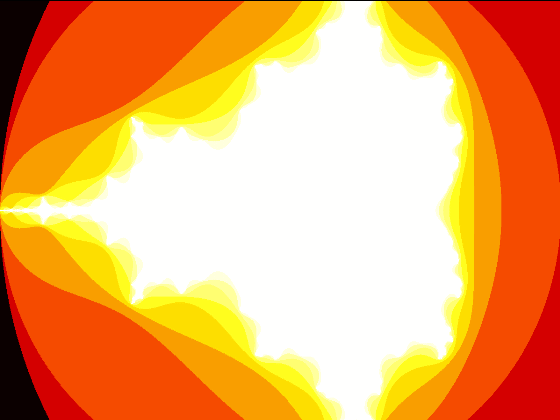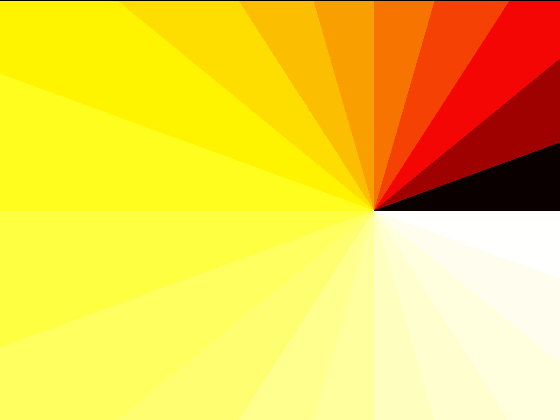Since decades fractals have drawned the curiosity of both laypeople, because of their beauty, and of scientist, because they can be studied and altough their high level of complexity, they usually admit a very compact representation that only takes one line. One example is the Mandelbrot set, shown here, which is defined as the set of points x in the complex plane such that the iterations z_n+1=z_n^2+x converge. To put it in more simple terms: have you ever pressed the same button in a calculator to see what happens? Sometimes you will find that when you repeat that operation the result stabilizes at a fixed value, and some others that won’t happen (for example, if you square a number several times you will end up with a E in your calculator). So imagine every point in space is a key in your calculator, and the mandelbrot corresponds to the keys such that if you start with zero, your result will stabilize at some point. Why do you get this typical shape? This is the mystery of dynamical systems with complex numbers.
Mandelbrot set on it’s own is a little boring, as it each point in space can be colored with two colors (representing belonging the Mandelbrot set). To create a more beautiful display, people have thought about algorithms for creating beautiful representations of this sets. Here I present a simple idea (taken from the scape time algorithm): at each iteration (frame of the gif) different colors correspond to the absolute value of the iterations at each point (recall iterations are complex numbers, which are vectors endowed with a magnitude and angle). In terms of the fictitious calculator, at each step, the coloring is made by looking at the number in the calculator, and transforming that number into a color.

Another simple idea (taken from the so-called scape time algorithm): at each iteration (frame of the gif) different colors correspond to the angle of the iterations at each point (recall iterations are complex numbers, which are vectors endowed with a magnitude and angle). In terms of the fictitious calculator, at each step, the coloring is made by looking at the number in the calculator, and transforming that number into a color.

